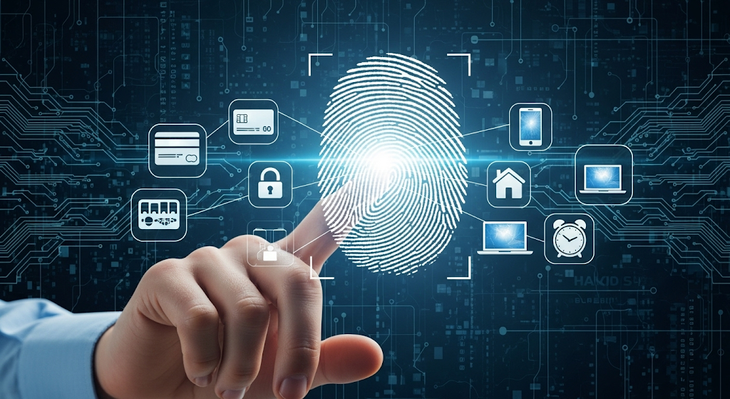
Fingerprint sensors are now widely used, contributing to convenient operations in daily tasks.
Once an expensive security technology, fingerprint sensors are now found on many mainstream devices. Their growing presence is not only changing the way we unlock our devices, but also reshaping our daily digital habits.
Fingerprint sensors: From security technology to digital habits
Previously, fingerprint sensors were considered high-tech, often only appearing in the security field or on expensive electronic devices. The real turning point came in 2013 when Apple introduced Touch ID to the iPhone. From the moment users touched to unlock the device, biometric technology began to become widely popular.
In just a few years, fingerprint sensors have appeared everywhere: phones, laptops, time clocks, door locks, safes, bank cards and even cars.
According to a 2024 Mordor Intelligence statistic, fingerprint technology accounts for nearly 60% of biometric identification solutions integrated into consumer electronics such as phones, computers and smart home appliances. This shows that fingerprints have become a familiar choice for users in today's digital life.
Not stopping there, sensor technology is also constantly upgraded to suit many device segments. From popular phone lines to high-end models, fingerprints are present in many locations such as the power button, back or under the screen with ultrasonic technology.
In fact, unlocking your device now takes less than a second, significantly faster and more convenient than manually entering a password. With devices like door locks or safes, users don't need to carry keys or remember codes, just a touch is enough.
Spread into digital life and services
From unlocking devices, fingerprint technology is becoming part of our digital routine. People today use their fingerprints to access services, authenticate actions, and even replace passwords altogether in many everyday situations.
Notably, fingerprints are becoming a popular authentication layer in digital services such as banks, e-wallets or smart home platforms. Users do not need additional accessories or separate costs, just need a sensor-enabled device to be able to confirm transactions, unlock applications or access accounts faster and more securely.
In Vietnam, banks such as Vietcombank, MBBank , Techcombank have integrated fingerprint authentication into mobile applications. With one touch, users can log in, check their accounts or make transfers without entering a password or OTP code.
In many cases, this is not just optional, but a requirement to unlock advanced features.
Technology is convenient but cannot be subjective
While fingerprint technology offers a seamless experience, it can be risky if not understood and used properly. Fingerprints are unique, but cannot be changed if they are compromised. And it is not impossible to clone fingerprints.
In 2014, the Chaos Computer Club hacker group successfully recreated the fingerprints of a German politician from a hand photo posted online. Experts from Kaspersky also warned of the risk of forgery if the device does not encrypt data properly.
For important services like banking or storing personal data, security experts always recommend considering fingerprints as an additional layer of authentication, not the only one. Combining them with a PIN, password or two-factor authentication is still a safer option in a risky digital environment.
Technology is becoming more and more popular, but to take advantage of it effectively, users also need to understand its limitations and how to use it safely. Fingerprints can be the key to the digital age, but only when used at the right time, in the right way and with security awareness.
Source: https://tuoitre.vn/cam-bien-van-tay-va-cuoc-song-so-mot-cham-nhieu-doi-thay-20250630170152773.htm




![[Photo] Hanoi morning of October 1: Prolonged flooding, people wade to work](https://vphoto.vietnam.vn/thumb/1200x675/vietnam/resource/IMAGE/2025/10/1/189be28938e3493fa26b2938efa2059e)







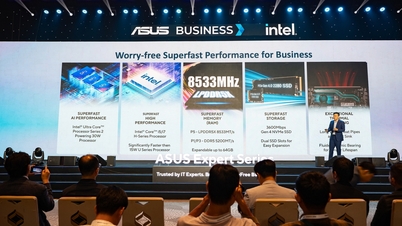







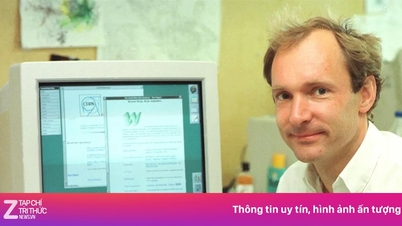














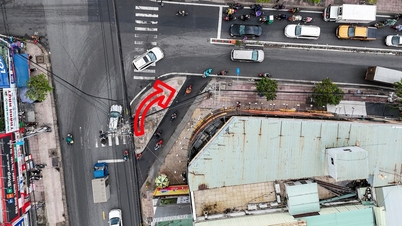
![[Photo] The 1st Congress of Phu Tho Provincial Party Committee, term 2025-2030](https://vphoto.vietnam.vn/thumb/1200x675/vietnam/resource/IMAGE/2025/9/30/1507da06216649bba8a1ce6251816820)
![[Photo] Panorama of the cable-stayed bridge, the final bottleneck of the Ben Luc-Long Thanh expressway](https://vphoto.vietnam.vn/thumb/1200x675/vietnam/resource/IMAGE/2025/9/30/391fdf21025541d6b2f092e49a17243f)
![[Photo] President Luong Cuong receives President of the Cuban National Assembly Esteban Lazo Hernandez](https://vphoto.vietnam.vn/thumb/1200x675/vietnam/resource/IMAGE/2025/9/30/4d38932911c24f6ea1936252bd5427fa)







































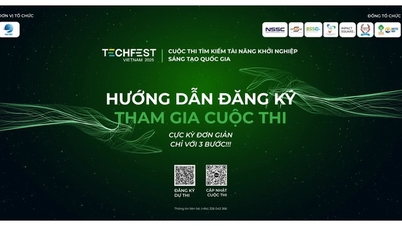

























Comment (0)